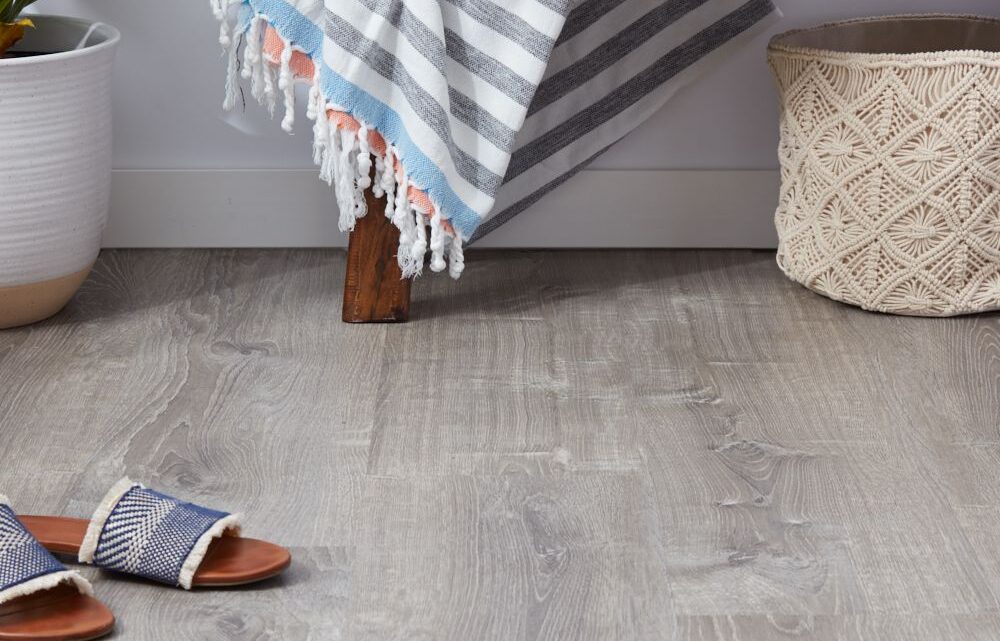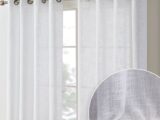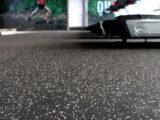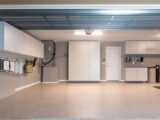
Luxury Vinyl Plank (LVP) vs Traditional Vinyl What’s Best for Modern Homes
April 12, 2025When it comes to modern flooring solutions, vinyl continues to dominate the conversation. It’s no surprise—vinyl flooring is affordable, stylish, and remarkably versatile. However, with innovation has come choice, and homeowners today often find themselves deciding between two popular options: Luxury Vinyl Plank (LVP) and Traditional Vinyl Flooring Dubai (also known as sheet vinyl).
Both offer unique benefits, but which is truly the better fit for your modern home? Let’s dive deep into the details to help you make an informed decision.
Understanding the Basics
Before we compare, it’s important to understand what sets these two apart.
Traditional Vinyl Flooring (Sheet Vinyl):
Traditional vinyl comes in large, continuous sheets, typically 6 to 12 feet wide. It’s installed as a single roll, making it ideal for creating seamless surfaces, especially in moisture-prone areas like kitchens and bathrooms. This type has been around for decades and is known for its water resistance and easy maintenance.
Luxury Vinyl Plank (LVP):
LVP is a newer, premium version of vinyl flooring. It mimics the appearance of natural hardwood planks, with textures and grains so realistic they can fool even the trained eye. LVP is thicker, more rigid, and usually installed in planks that click together, creating a floating floor system.
Style and Aesthetic Appeal
If design versatility is your top priority, LVP is a clear winner. Thanks to advanced printing and embossing technologies, LVP offers highly realistic wood-look finishes—from rustic oak to sleek maple and exotic teak. Many homeowners today want the charm of hardwood without the high maintenance and cost, making LVP an attractive choice for living rooms, bedrooms, and even home offices.
While traditional vinyl flooring also offers a range of designs—including stone, tile, and wood looks—it tends to appear flatter and less textured. If your goal is to replicate the depth and warmth of real wood, LVP is undoubtedly the better option.
Winner: Luxury Vinyl Plank (LVP)
Durability and Performance
Both flooring types are built to withstand everyday wear and tear, but LVP has a slight edge, especially in high-traffic areas.
LVP is thicker and more rigid than traditional sheet vinyl, making it more resistant to dents, scratches, and general wear. Many LVP products come with a protective wear layer that enhances durability, ensuring your floors stay beautiful for years to come.
On the other hand, traditional vinyl can be susceptible to tearing or denting if heavy objects are dragged across the surface. However, its seamless installation provides excellent protection against moisture infiltration.
Winner: Luxury Vinyl Plank (LVP) for durability, but traditional vinyl holds its ground well in moisture-prone spaces.
Installation Process
Here’s where traditional vinyl gains some ground. Installing sheet vinyl is generally faster and less complex, especially for professional installers. Large areas can be covered quickly with fewer seams, which also helps with water resistance.
LVP, while designed for easy DIY installation with click-lock systems, requires more precise measurements and careful handling to ensure planks align perfectly. If DIY is your goal, LVP is manageable for handy homeowners, but sheet vinyl edges out for sheer speed and simplicity.
Winner: Traditional Vinyl Flooring
Comfort Underfoot
Vinyl flooring, in general, feels softer and warmer underfoot compared to harder surfaces like tile or stone. However, LVP takes this comfort a step further with its thicker composition and rigid core construction. Some LVP products also include an attached underlayment for extra cushioning and sound insulation.
Traditional sheet vinyl is thinner and may feel slightly harder or colder unless installed over a padded subfloor.
Winner: Luxury Vinyl Plank (LVP)
Cost Considerations
Budget often plays a decisive role in flooring choices.
Traditional sheet vinyl is usually the more affordable option upfront. Material costs and installation fees tend to be lower, making it a popular choice for rental properties, basements, or budget-conscious renovations.
LVP, while more expensive than traditional vinyl, offers excellent value for the investment given its durability, realistic appearance, and longer lifespan. Think of it as a middle ground between traditional vinyl and genuine hardwood.
Winner: Depends on your budget — go for traditional vinyl for affordability, or LVP for long-term value.
Maintenance and Care
Both LVP and traditional vinyl flooring are champions of low maintenance. Regular sweeping and occasional damp mopping are usually all that’s needed to keep them looking fresh.
However, thanks to its thicker wear layer, LVP handles stains and scratches slightly better over time. It is also less prone to fading in areas exposed to sunlight.
Winner: Luxury Vinyl Plank (LVP)
Final Verdict: Which One is Best for Modern Homes?
While both flooring Dubai options have their merits, Luxury Vinyl Plank (LVP) emerges as the best choice for modern homes seeking a balance of style, durability, and comfort.
It offers the look of high-end hardwood, stands up well to everyday life, and provides a cozy, inviting feel underfoot. Although it comes at a higher upfront cost, the long-term benefits make it a worthy investment.
That said, traditional vinyl flooring remains a practical, budget-friendly option, especially for utility areas, rental properties, or spaces where moisture is a constant concern.
Bottom line: If you’re designing a stylish, modern space with longevity in mind, go with LVP. If you need a quick, cost-effective flooring solution, traditional vinyl won’t disappoint.







